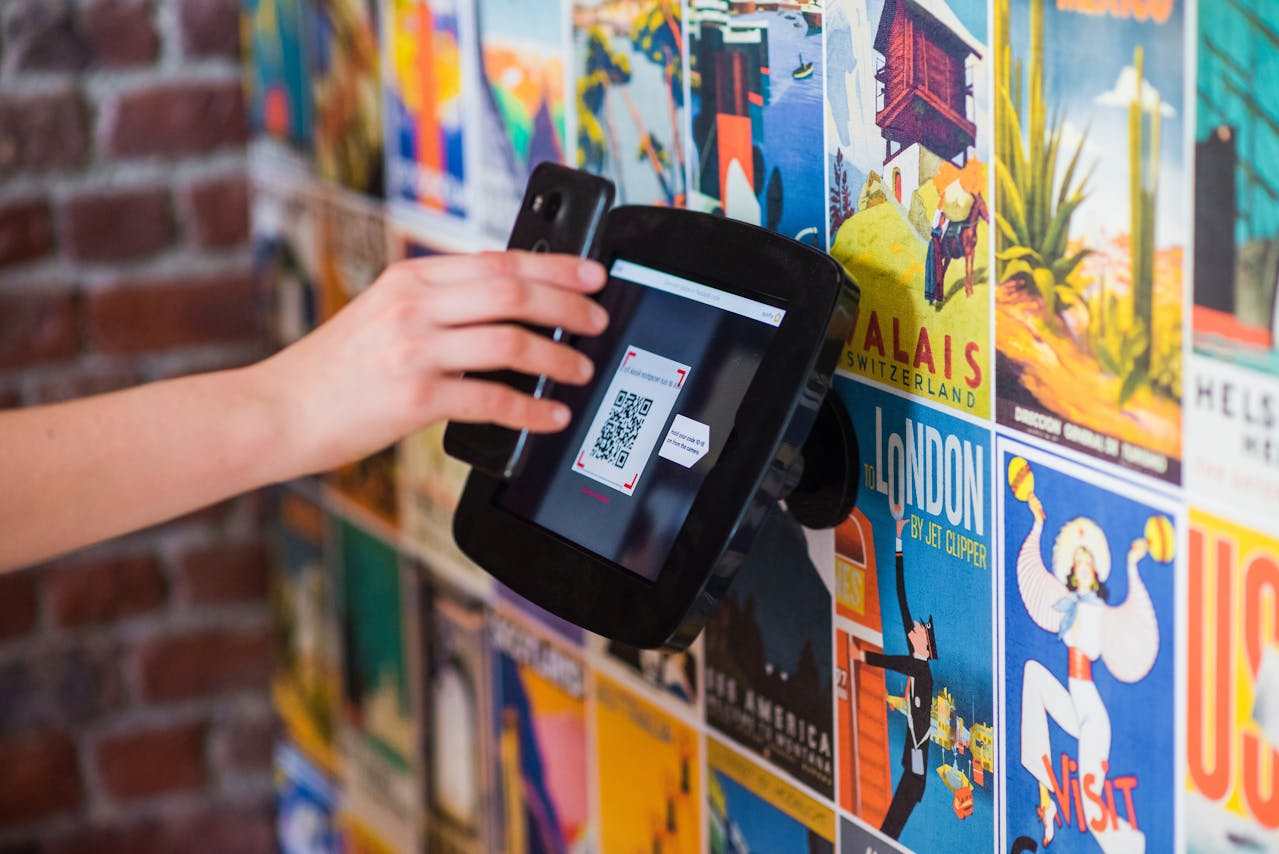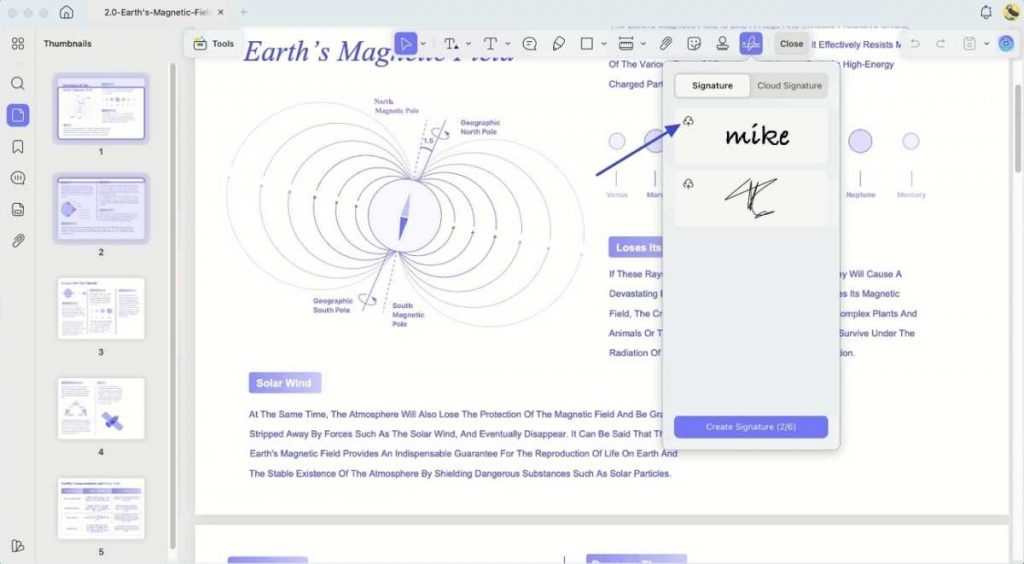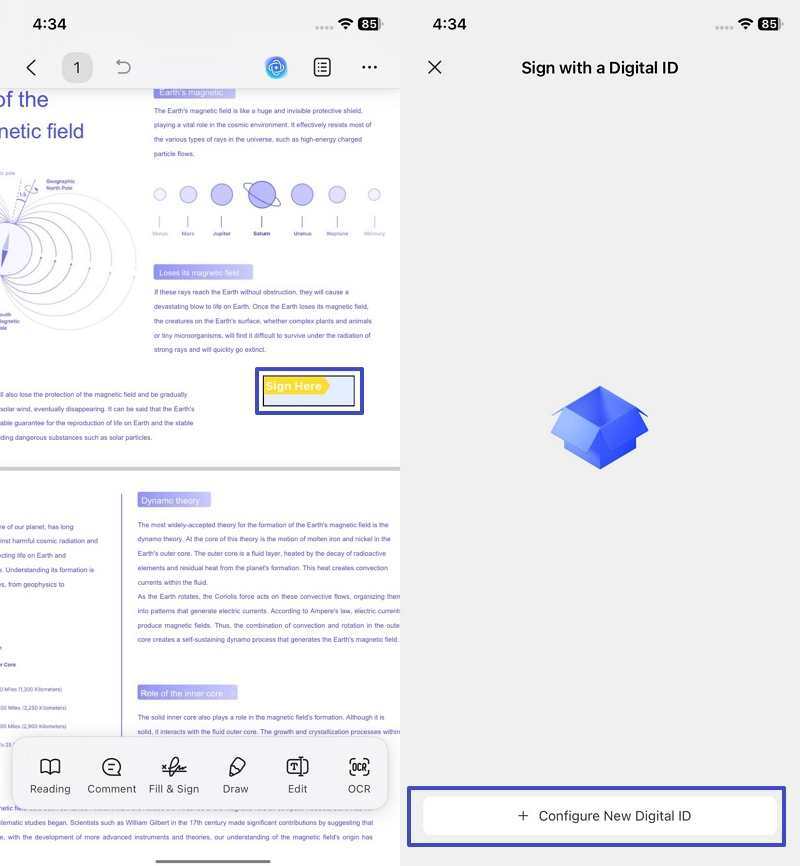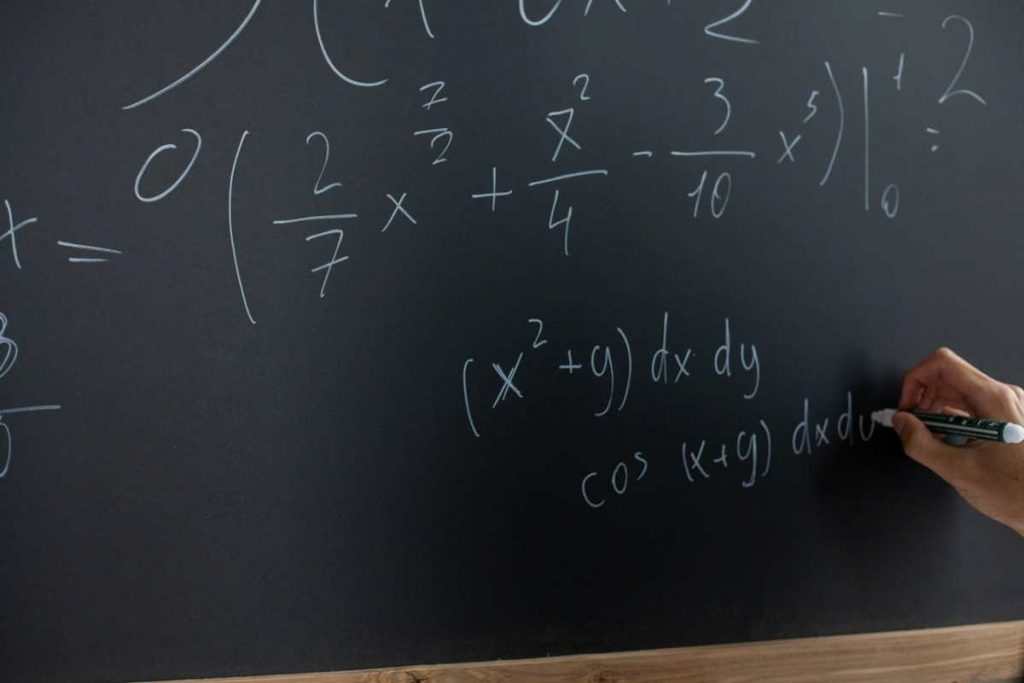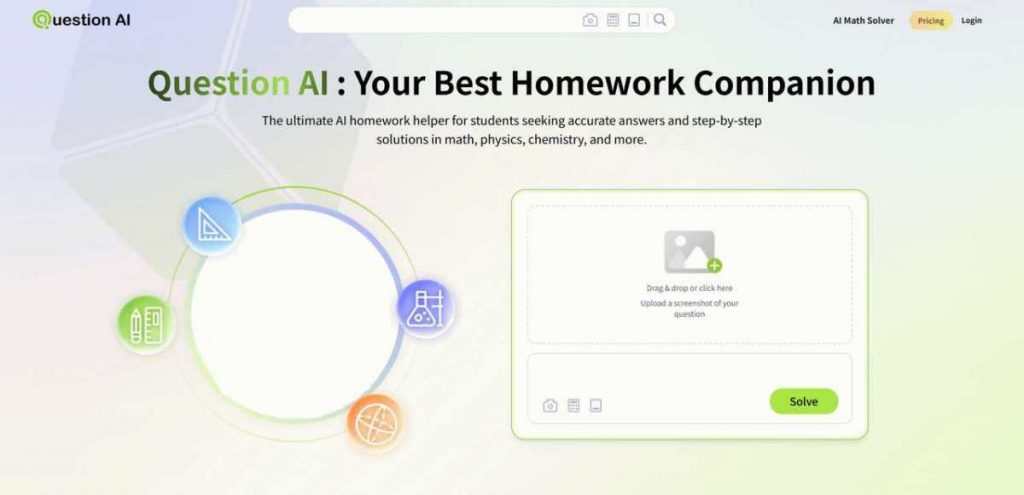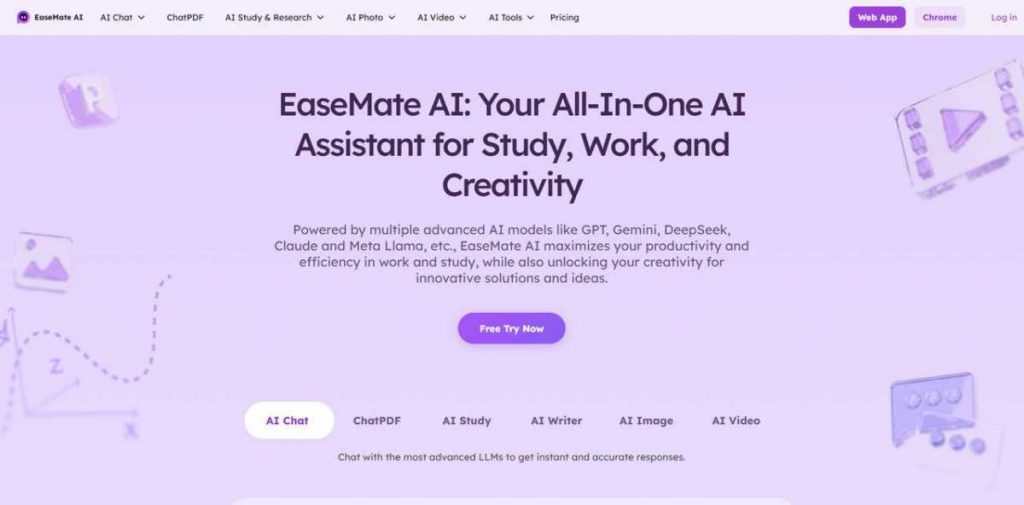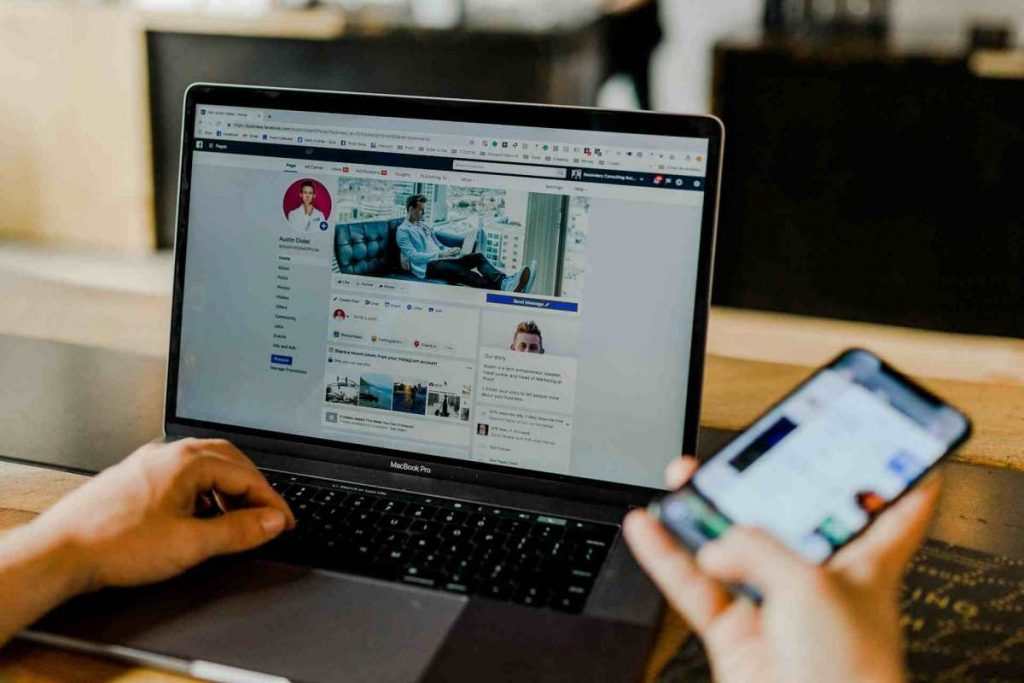In today’s digital world, music is more accessible than ever, but so is the need to transfer it between our devices quickly and efficiently. Whether we’re moving our favorite playlists to a new phone or syncing tunes with our laptop, a reliable Spotify transfer solution can make the process seamless and stress-free.
In this text, we’ll explore various methods to transfer music between devices, ensuring we keep our favorite tunes at our fingertips no matter where we are.

Understanding Music Transfer Methods
When it comes to transferring music between devices, there are several methods we can use. Understanding the different options allows us to choose the best one for our needs. Here’s a quick overview of the main transfer methods:
- Wireless Transfers: This includes Bluetooth and Wi-Fi sharing, which can be convenient for quick transfers without the need for cables.
- USB Connections: A reliable option for transferring larger files, USB connections can provide faster transfer speeds and are commonly used between devices like computers, phones, and tablets.
- Software Solutions: There are numerous applications designed to help seamless music transfers across different platforms.
By knowing these methods, we can make an well-informed choice based on the devices at our disposal and what we find most convenient.
Using Wireless Methods for Quick Transfers
Wireless methods are increasingly popular due to their convenience. Here are some of the best ways to transfer music wirelessly:
Bluetooth Transfers
Bluetooth is a staple in wireless transferring. To transfer music:
- Pair Devices: Enable Bluetooth on both devices and pair them.
- Select Music: Choose the tracks we want to send.
- Send Music: Use the ‘Send via Bluetooth’ option on our device.
Wi-Fi Direct and AirDrop
For users with compatible devices:
- Wi-Fi Direct allows devices to connect directly through Wi-Fi without needing a router.
- AirDrop is available for Apple devices, making transfers as easy as dragging and dropping music files.
These wireless methods can be quicker for smaller files, but we should keep in mind that transferring large music libraries might take longer than anticipated.
Utilizing USB Connections
For those of us who prefer a faster, more secure method of transferring larger files, USB connections provide a great solution. Here’s how to do it effectively:
Connecting Devices
- Use the Right Cable: Ensure we have a compatible USB cable for both devices.
- Connect: Plug our device into the computer or secondary device.
Transferring Music
- Copy and Paste: Navigate to the music files on our source device (like a computer). Copy the desired tracks and paste them onto the target device’s music folder.
- Drag and Drop: Alternatively, we can select the music files and drag them directly to the device folder.
Using USB connections not only speeds up the process but also avoids issues related to Bluetooth range or Wi-Fi connectivity.
Popular Software Solutions
Various software solutions can simplify our music transfer process, especially when managing large libraries. Here are some top options:
iTunes (or Apple Music)
- Particularly effective for Apple users, iTunes allows syncing music between devices so we never miss a beat of our favorite tracks.
MusicBee
- This is a great option for Windows users. It not only helps in transferring music but also in organizing and playing our music collection efficiently.
Syncios
- A multi-platform software that supports various devices. It enables easy transfer, backup, and management of our music files.
Using dedicated software often provides more features, like batch transfers and file organization, which can be extremely beneficial.
Best Practices for Efficient Transfers
To make our music transfer process as efficient as possible, here are some best practices to carry out:
Organize Your Music Library
Before transferring, we should take a moment to organize our music files. Having everything categorized into folders can save time and reduce headaches during the transfer process.
Check File Formats
Ensure that the target device supports the audio formats of our music files. Converting incompatible files beforehand can save us from frustration later on.
Keep Devices Charged
To prevent interruptions during the transfer, we should ensure that both devices are sufficiently charged or plugged in if necessary.
Maintain a Backup
Having a backup of our music library ensures that we don’t lose beloved tracks during the transfer process.
Troubleshooting Common Transfer Issues
Every now and then, we may encounter issues during our music transfers. Here are some common problems and their solutions:
Connectivity Issues
- Bluetooth Problems: If we’re having trouble pairing devices, turning Bluetooth off and on again can often help.
Transfer Speed
- If the transfer seems slower than usual, checking our USB cable for damage or making sure we’re not overloading the connection with too many files can improve speed.
Unsupported File Formats
- If we find that some files aren’t transferring, double-checking the supported formats on the target device can help troubleshoot the issue.
Conclusion
Transferring music between devices doesn’t have to be a challenging job. Whether we opt for wireless methods, USB connections, or specialized software, understanding our options allows us to choose the best method for our needs. By following best practices and being prepared for common issues, we can enjoy our music on any device, with minimal hassle. Let’s jump into our favorite playlists and keep the music flowing.

